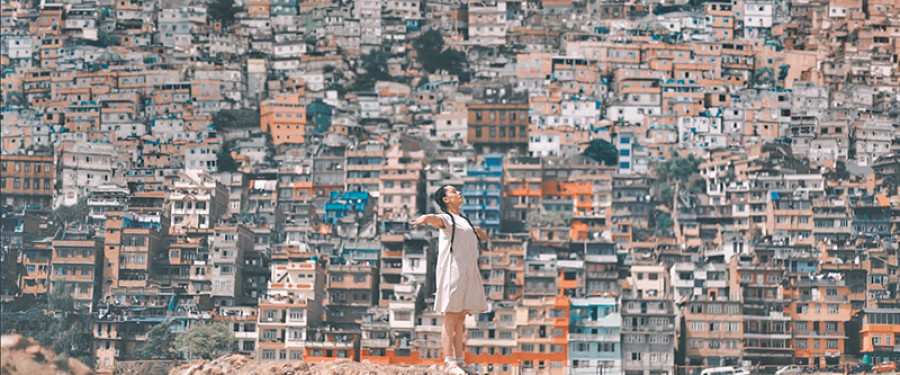Miscellaneous
An Artist Redefined
I always like to keep an eye out for path-breaking Nepali music videos, and Jazz Productions has been able to continually surprise viewers with their quality and execution.
Saransika Pandey
I always like to keep an eye out for path-breaking Nepali music videos, and Jazz Productions has been able to continually surprise viewers with their quality and execution.
Subani Moktan’s Inside is yet another Nepali music video that proves that one does not need to hike to Chobhar and shoot between the sparse trees to create an “international standard” music video.
Inside is very different from Subani’s past songs, but it has the taste of her signature airy yet strong delivery and vocal technique.
A lot of people have compared it to Sia’s music videos because of Kripa Bajracharya’s Maddie Ziegler-style interpretive dance choreography and performance.
But, I think it is a bit unfair to compare every interpretive dance video to Chandelier or any other Sia-Maddie collaboration.
The video begins with Kripa crouched down, distorted almost, in hospital scrubs and ballet shoes. She is ready to dance, looking determined in her boxer braids, and dance she does.
The entire music video is her dancing and her expression against different but equally aesthetically pleasing backdrops—whether in the forest, industrial tracts, vast open dry lands, or picturesque little houses that could have been in Cinque Terre but for their colour scheme.
The video is simple, but the choreography is very emotive. In fact, it is Kripa’s performance that holds the viewer’s attention throughout.

Reminiscent of Evanescence’s musical style, Inside has a generous splash of darkness that is hard to ignore from the very first frame itself.
It may be a “dance video” start to finish, but the song is not a happy song at all, and you probably will not be dancing along to it. If the melody does not give it away, the hospital scrubs and the desolate make up definitely does.
This is very different from Subani’s usual style of songs. First of all, they’re generally happier in terms of content and tune, but they’re also mostly in Nepali. Inside, however, is a very pleasant departure from her earlier works because the music suits her vocals in a stylistically better sense. It definitely has a stronger presence and presents her as a more evolved artist.

While I have always been more inclined towards cleaner, minimal music video executions, I particularly found myself drawn to this one because of its concept.
The idea of a music video shot in a mental asylum or shedding light on the life of psychiatric patients is not very new; we have seen generations of artists from Björk to Green Day use this idea in one form or another—whether they have been successful or not is another matter altogether—but there is a sense of urgency that is heavily entangled with existing freedom in Inside.
From the first view itself, something is off about the dancer. Her expression is that of a person who, although outside in the open and in places she perhaps wants to be, longs to be at liberty to do the very moves that she is already doing. It’s rapid, it’s forceful, it’s pleading.
As the video progresses, we find the dancer inside what it appears to be is a psychiatric cell. All of the desperation suddenly makes sense.
That last frame changes the meaning of the video in retrospect. When we finally see the girl dancing inside the cell, bare feet, against pale white walls, fluorescent lights and under the steady gaze of security camera, we can see her longing for freedom during her confinement.
The moments where we see her dancing urgently, full of determination and force, are no longer moments of expression of freedom, but her pursuit of it.
Her strained, almost painful, expression encompasses the turmoil within her. Her need to move, her need to run, is understandable. The only place she can do it is in her head.
All in all, Subani Moktan’s Inside is a surprising yet pleasant departure from her usual style of songs and music.
The music video is aesthetically appealing and compelling to watch, and it definitely makes people wonder about the heights that home-brewed productions can achieve in Nepal.
It is nothing but kudos to Prajwal Bhattarai and the entire Jazz Productions team for creating yet another visual landmark.





 7.47°C Kathmandu
7.47°C Kathmandu










